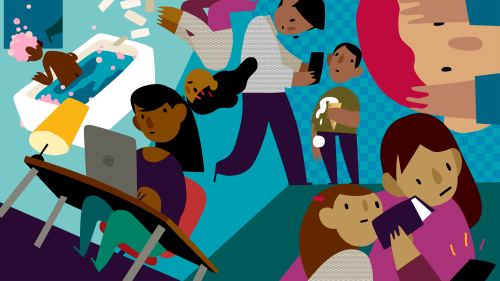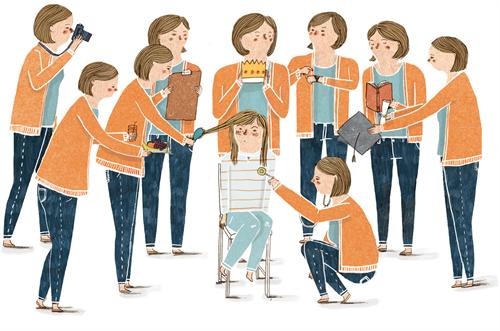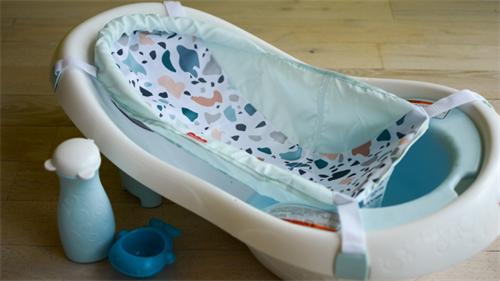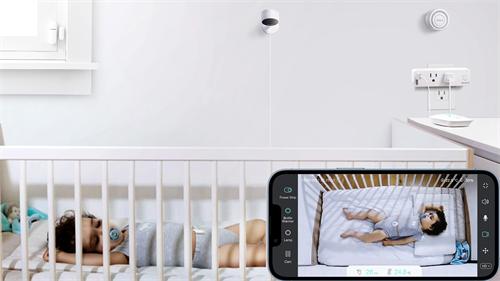Nordic vs. Asian Parenting: Can Hybrid Models Solve Modern Education Crises?

Today's youth are facing unprecedented developmental challenges. Excessive academic pressure, lack of motivation, test anxiety, strained parent-child relationships, distant teacher-student interactions, peer conflict—and even depression, anxiety, and identity confusion—have led more and more children to seek psychological help, either voluntarily or passively. They’re like bolts caught in a fast-moving, high-pressure machine, burdened in an environment that leaves little space for emotional release.
Studies show that teenagers now spend an average of 6.8 hours per day in front of screens. Virtual interactions are replacing real-life connections, causing emotional development to lag significantly. Addiction to short videos and video games is devouring time meant for exercise and in-person socializing—deepening their sense of isolation. Meanwhile, rapid advancements in AI and a constantly shifting job market are leaving many young people feeling lost about their future.
Equally troubling are problems within the education system itself. Some teachers lack the ability to recognize mental health issues and simply label students as “troublemakers,” overlooking deeper root causes. In efforts to avoid disputes, some schools even ban kids from playing tag during recess, further suppressing their natural outlets for emotional expression.
Biologically, the situation is just as alarming. Compared to 30 years ago, adolescents now get 1.5 fewer hours of sleep per night. This chronic sleep deprivation negatively impacts the development of the prefrontal cortex. On top of that, a diet heavy in processed food disrupts gut microbiota, reducing serotonin levels and exacerbating emotional instability. Air pollutants have shown a significant correlation with rising ADHD rates (r = 0.42), and community interaction among urban children has plummeted by 82%, stunting the natural development of their social skills.
In light of all this, people are beginning to reflect on the pros and cons of different educational cultures—and asking whether a hybrid model could balance out the extremes, providing a healthier path forward for modern parenting.
The Asian Parenting Model: High Standards, High Investment, but High Pressure
In many Asian countries, parents often act as “life planners” for their children. From English classes at age three to piano exams at five, and thick résumés for primary school entrance—children’s lives are scheduled with the precision of project management. Tutoring fees can consume half a family’s income. Parents and even grandparents rally around the child, anxious not to “fall behind at the starting line.”
School systems reinforce this competitive mindset: students are seated according to their test scores, and dinner table conversations revolve around how “the neighbor’s kid ranked first again.” Children’s time is divided into academic modules, with little room left for play. A so-called “happy childhood” is squeezed into the margins—if there’s any time left at all.
The strengths of this model are clear: Asian children tend to excel academically, have strong time management skills, and demonstrate resilience, discipline, and high adaptability. It's a tried-and-true formula for producing high achievers.
But the downsides are equally stark. Kids are forced to race on tracks laid out by others from the moment they’re born. The psychological burden is immense. Many children just want to rest when given free time. They often lack time to explore personal interests or develop creativity—and some don’t even know what they truly enjoy. Learning becomes purely goal-oriented; only the result matters. If test scores fall short, all the hard work is dismissed. Parent-child communication breaks down, with conflict often revolving around grades and future prospects, making emotional connection fragile.
The Nordic Parenting Model: A Social Experiment in Trust and Freedom
In contrast, Nordic countries represent the other end of the spectrum: relaxed, autonomous, and human-centered.
In the Nordic model, children are treated as independent individuals from an early age. The focus is on the learning process, not just results. Exploration, self-expression, hands-on experiences, and even failure are encouraged. In preschool, there’s little structured curriculum—kids play outdoors, observe seasonal changes, and build meaningful connections with nature and others. In primary school, there are few standardized tests. Teachers prioritize emotional well-being, social development, and creativity over grades.
Parents trust their children’s choices and respect their natural learning pace. There’s no rush to teach reading or math early. Instead, storytelling, crafts, and community engagement help spark intrinsic motivation and curiosity.
That said, the Nordic model is not without limitations. Excessive freedom may leave some children underprepared for the competitive realities of adulthood. The system also demands significant resources—high parental involvement, robust social safety nets, and well-coordinated support among families, schools, and communities.
A Hybrid Model: Is It Possible?
In today’s rapidly changing world, neither extreme seems fully equipped to meet the multidimensional needs of children. The high-pressure approach of Asia and the freedom-centric ethos of the Nordics both offer valuable insights—but perhaps the key lies in combination, not competition.
A hybrid model could involve embracing Asia’s high parental engagement and dedication, while integrating the Nordic respect for children’s autonomy and emotional well-being. Academic guidance would still be present, but not at the expense of childhood. Instead of micromanaging every step, parents could step back to observe, support, and listen.
In classrooms, teachers would receive better training in mental health literacy and be empowered to create warmer, more inclusive learning environments. Educational policymakers would shift from a test-score obsession to a broader vision of holistic development—creating space for creativity, physical activity, and emotional learning.
Parents and educators of this generation are standing at a crossroads. In an age of complexity and change, no single educational model is sufficient. Rather than clinging to tradition, we need to break down silos, extract the best from various cultures, and design an approach that allows children to soar high while living well.
Perhaps this is the real key to solving the modern education crisis.
Recommended for you:







